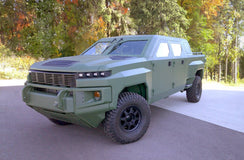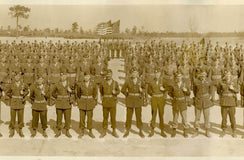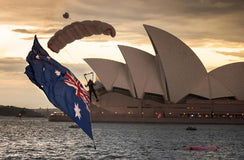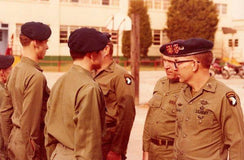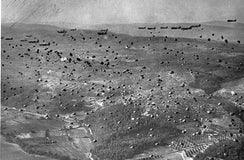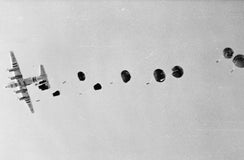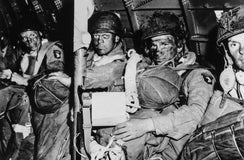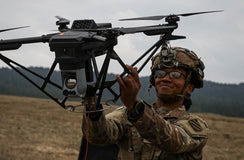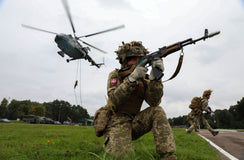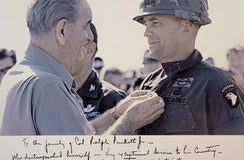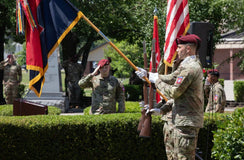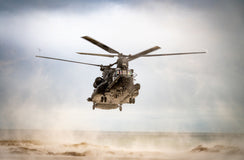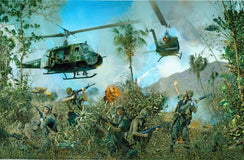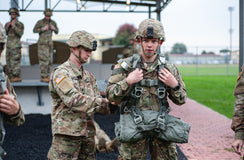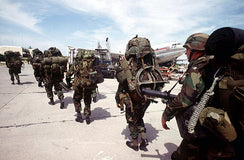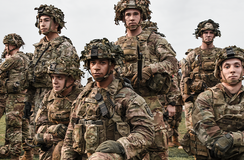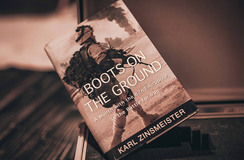Four Hours Of Fury
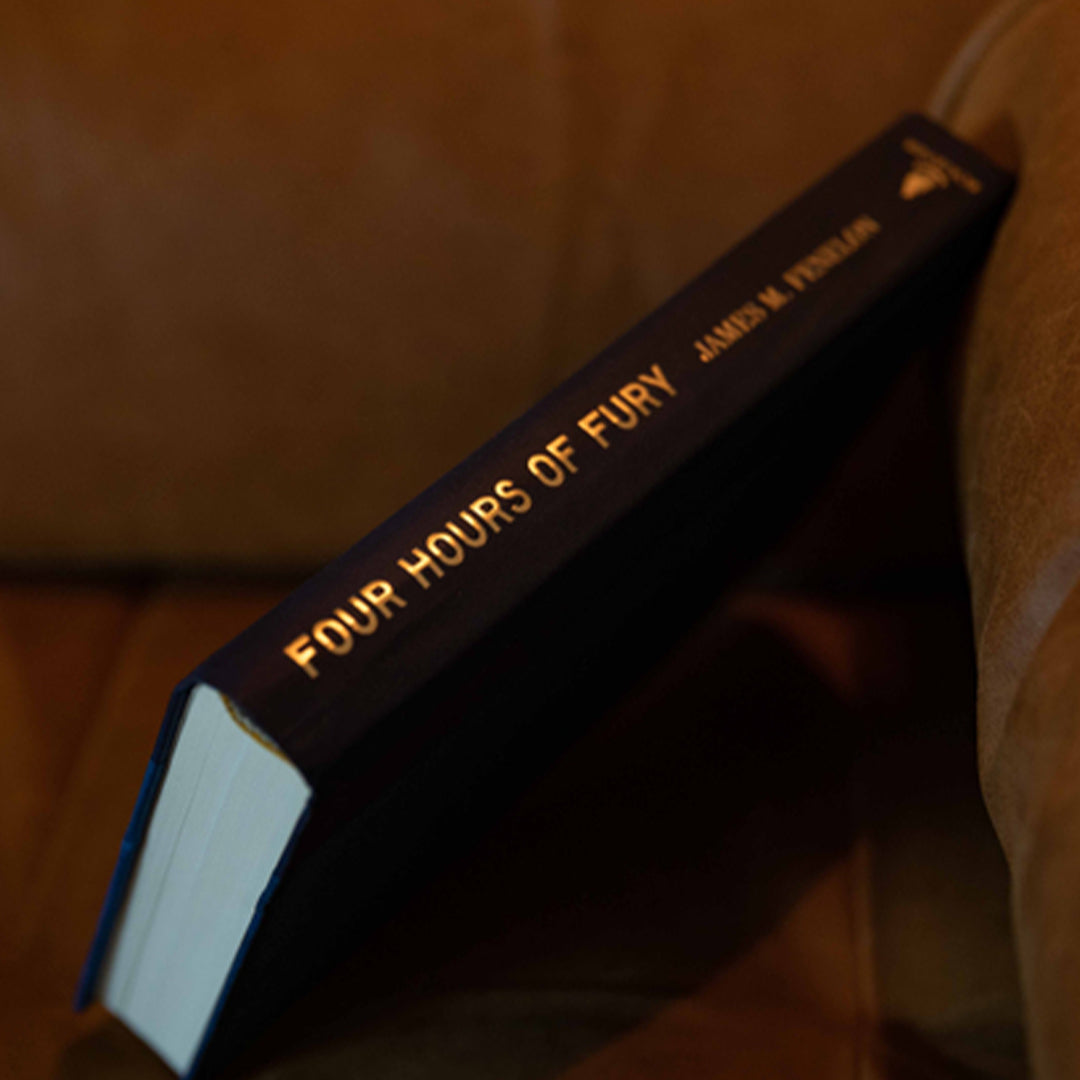
"Tracers flashed up from the 20mm cannons. The first shots hit the aircraft to our right, blowing the number two engines off completely. They veered left 20 feet above in an almost vertical left bank and disappeared from view. The cannons next hit the lead aircraft and blew off the entire left fin and rudder..."
Combatting the greatest evils our modern world has faced, Four Hours of Fury is a play-by-look of the final battle and of one of the most extensive airborne operations of World War II.
As you turn the pages of the book, you are dropped right into the story of the morning of March 24th, 1945, when an intense battle that unfolded that day changed the entire course of the war.
Setting you into a firsthand account of how the events came to be, the story opens to follow a drop of over 17,000 paratroopers right into the center forces of Nazi Germany. The following pages and chapters of Four Hours of Fury writes out extensively of what then happened that day.
Descending by parachute and glider in the biggest airdrop the war had seen, the story follows the invasion through the eyes of the 17th Airborne Division as they embark on Operation Varsity. The book dives into a firsthand account of the following four hours that followed the drop. After the last push that became pivotal in the war against the Third Reich, Germany and Hitler were as good as defeated.
After securing the bridge over the Rhine River, the 17th Airborne allowed our allied troops to enter right into a pivotal location to fight directly with the Nazis. In one of the war's most dangerous and impactful operations, author James M. Fenelon captivates with a hard-to-put-down story boasting the group's battle with bravery and triumph over evil.
Who is the author? A published historian and veteran, author James Fenelon served for over ten years in the military. As a US Army‘s Airborne and a Jumpmaster Graduate, Fenelon published Four Hours of Fury as his first book. He also regularly wrote to WWII Magazine, FlyPast and is a technical advisor for various recreations for WWII.

